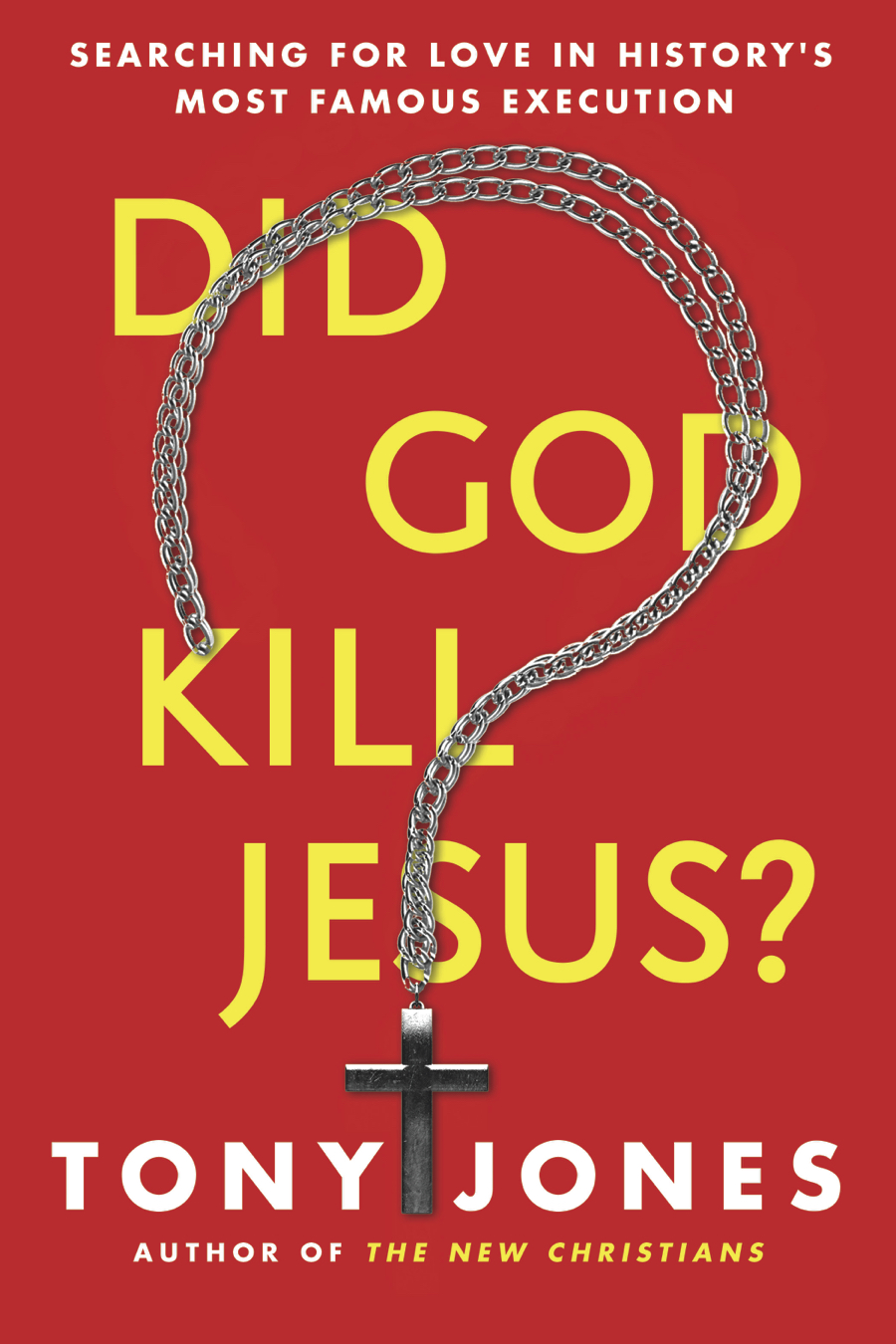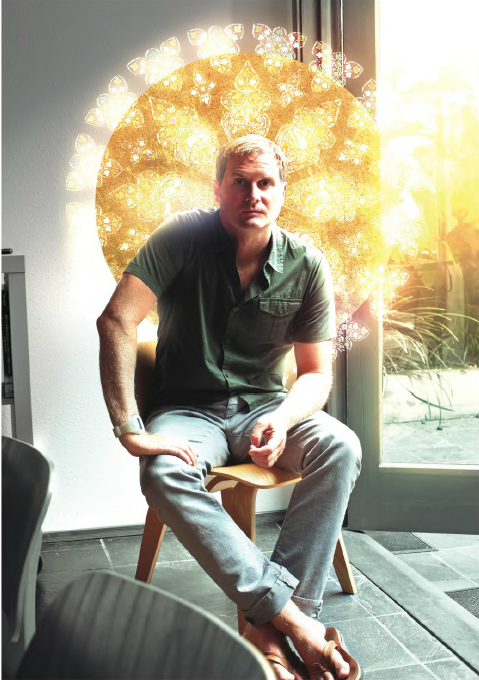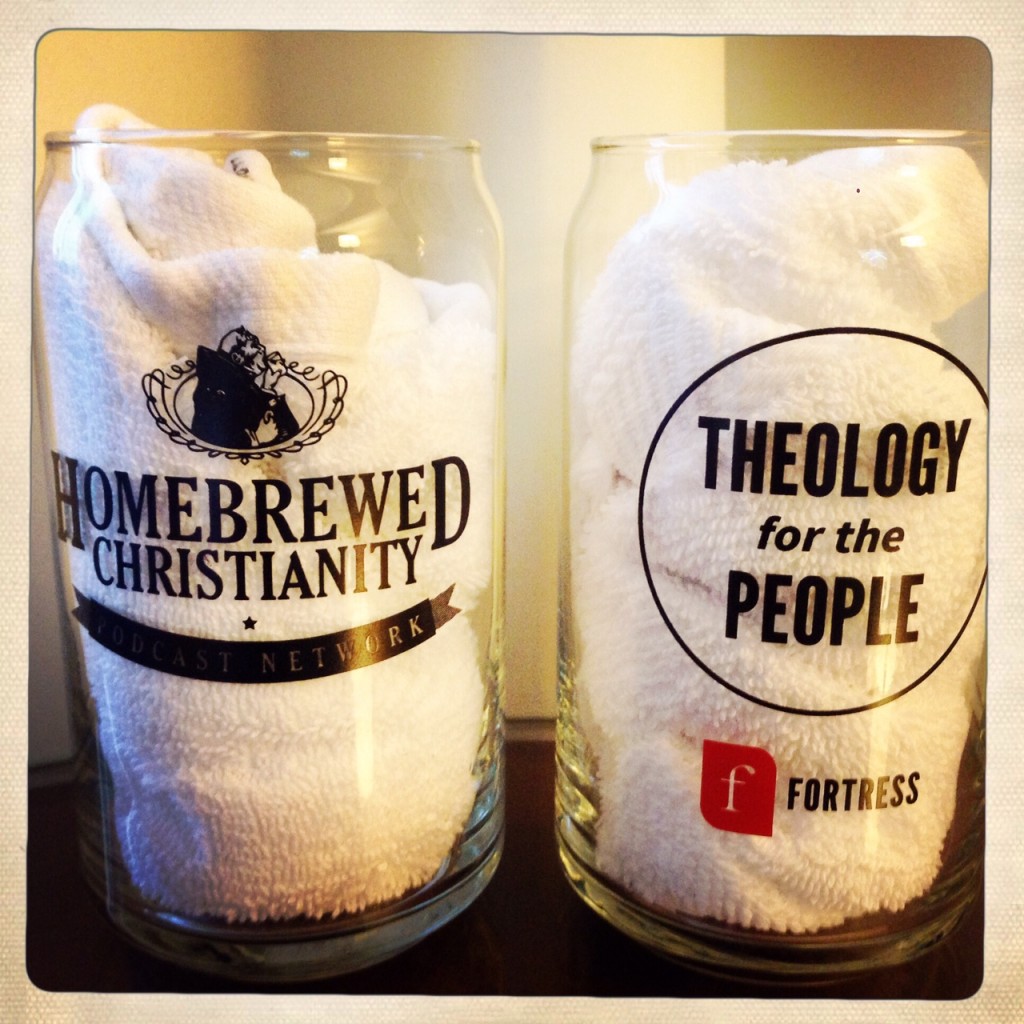Scot has already begun posting about a book that I’ve read recently and really, really recommend: Souls in Transition: The Religious and Spiritual Lives of Emerging Adults. I used it as a launching pad for my talks at Montreat last week, and I developed some charts that elucidate some of the findings. Over the next few days, I want to post some of these graphs and provide a little commentary from my perspective.
Here’s a little backstory. I’ve had the chance to talk with Chris Smith on a couple of occasions. Chris, late of UNC-Chapel Hill, and now a professor of sociology at Notre Dame has written and co-written highly regarded books on evangelicalism, racism in the church, and his opinion on humans as rational free agents (all of which I’ve read and heartily recommend).
Well, a few years back, Chris won a major grant from the Lily Endowment and conducted the most thorough study ever taken of American teenage religiosity. The result was the book, Soul Searching: The Religious and Spiritual Lives of American Teenagers, a book that has been very influential in American youth ministry. (Nota bene, Kenda Creasy Dean’s ecclesial and theological interpretation of Soul Searching is coming out this summer: Almost Christian: What the Faith of Our Teenagers Is Telling the American Church.)
That book seems to undermine some of my assumptions in Postmodern Youth Ministry, and Chris has confirmed to me in person that, based on the National Survey of Youth and Religion, most American teenagers are not postmodern, not relativists, and not seekers. Instead, they are religiously conventional. They basically believe the same watered-down, doctrineless Christianity that their parents believe. In Soul Searching, he calls it “moralistic, therapeutic deism.”
Back in 2005, my question to him was, “Well, do you think that teenagers get more ‘postmodern’ when they go to college?”
“We’ll see,” he responded, “Because we’re doing a five-years-later follow-up study now.”
Souls in Transition is that follow-up study, and the answer seems to be: Yes, 18-23 year-olds are more “postmodern” than 13-17 year-olds, but only a little more. Religiosity among emerging adults is more diverse and eclectic than it is among teenagers, but only slightly more. “A solid majority of emerging adults simply are not that interested in matters religious or spiritual” (295).
The bottom line for me is that, like Soul Searching, Souls in Transition provides statistical verification for what many of us who work with youth know intuitively and anecdotally: While some young adults in America are seriously committed to their faith, the majority are either negligibly religious, indifferent to religion, or have a deep antipathy toward all religion. When they leave home for college, the military, or the work force, parents gradually become less influential, and peers become more influential.
But, what I think may surprise some readers is that teenagers reared in the evangelical church are no more likely to maintain their faith into young adulthood than teenagers reared in the mainline church. More on that on Thursday…











